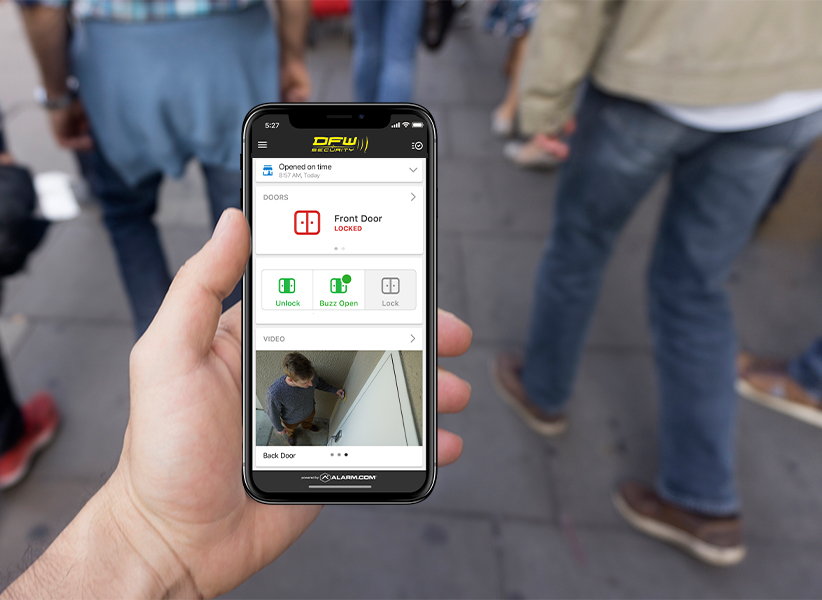Physical Access Control Systems - Is It Time To Lose Your Keys?

Every business owner wants to protect their investment, their personnel, and their customers. But could you do better for your own business by upgrading to a physical access control (PAC) system? If you're still using traditional lock-and-key security systems, the answer is probably yes.
But what is an access control system? What makes it better than a key system? How can you tailor it to your needs? And how can you avoid common concerns? Here are a few key answers to your questions.
What Is Physical Access Control?
At its most basic, a physical access control system permits authorized users to enter certain areas while preventing unauthorized users from doing so. However, a modern PAC system uses technology to control that access through one or more digital verification methods. This often includes codes, biometric data, key cards, or fobs.
Is a PAC System Really Better than Keys?
Switching to an access control system isn't just trading out your old keys for fancy new key cards. It provides significantly higher levels of control, speed of reaction, information, and customization.
For instance, you can easily and quickly change access, issue new access, or restrict others even from a remote location. Companies can use the data to know who has been where and for how long, which might be integrated into time and attendance systems. And you can lock everything down or open all doors automatically in an emergency. Gone are the days of collecting and managing either keys or people.
Which Access Control System Should You Use?
The upside of access control technology is that it provides plenty of variety and scope to choose from. The downside is that this can be overwhelming to new buyers. In general, you'll want to determine your specific needs and goals before choosing a system.
Start by considering which method of verification you want. Access cards are often the fastest method to allow entry — but codes will never be left at home. Biometric data is the most secure method but the least convenient. In budgetary terms, biometric access control is slightly more expensive while coded doors are often the most cost-effective.
Other elements to consider include whether you need a system that can be operated from mobile devices, whether you plan to integrate it into payroll or other security systems, and how fast your company may need to scale it up for growth.
What Are Some Pitfalls to Avoid?
As with any system, a PAC system has its challenges. The biggest is usually transitioning from older, more tried-and-true security to this updated version. You and your employees may need patience and assistance from a trained security service. One key to overcoming this obstacle is to focus on the ways both you and your staff will benefit in the long run.
With so many options, too, business owners can try to do too much or too little with their system. For example, you can set the specific hours in which codes can access certain doors. This is an excellent security feature that can heighten safety for businesses with different shifts, so don't overlook it. However, it may not be necessary for every door or every operation. You must balance security and convenience.
Where Should You Start?
The best way to learn about today's physical access control systems is to meet with the team at DFW Security. For three decades, we've assisted businesses just like yours with all their security needs. If it's time to get the benefits of a modern security system, start by calling us and making an appointment. No matter how you choose to move forward, you'll have confidence that your business is ready for anything.








